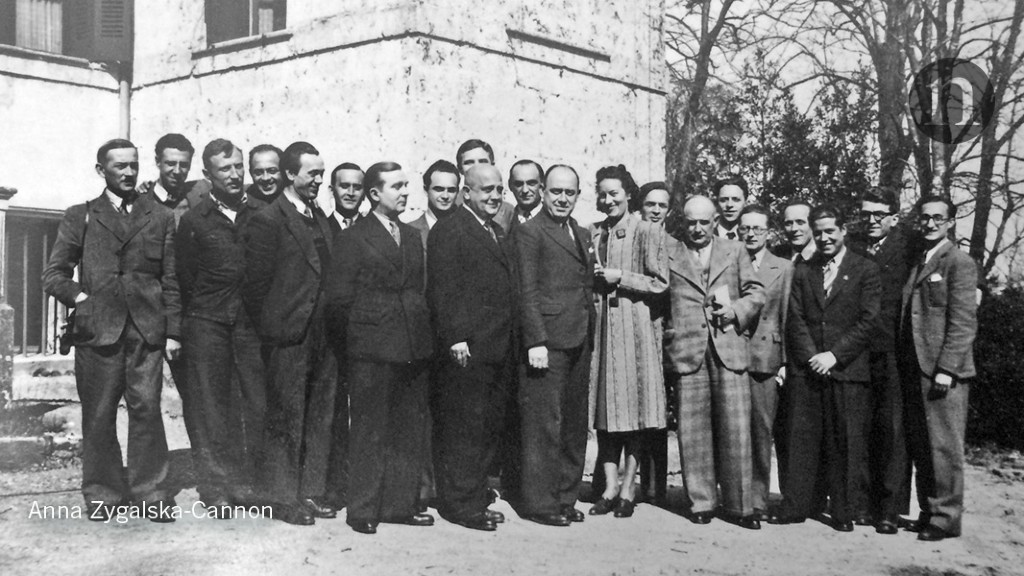Forgotten Heroes
The author’s research is painstaking. After the war, military documents were scattered across Europe, and key French records were declassified only in 2016. Turing unearths a remarkable tale of intellect, bravery and camaraderie that reads like a nail-biting spy novel.

Capital Thinking • Issue #150 • View online
December, 1932:
In the bathroom of a Belgian hotel, a French spymaster photographs secret documents – operating instructions of the cipher machine, Enigma. A few weeks later a mathematician in Warsaw begins to decipher the coded communications of the Third Reich and lay the foundations for the code-breaking operation at Bletchley Park. The co-operation between France, Britain and Poland is given the cover name ‘X, Y & Z’.
December, 1942:
It is the middle of World War II. The Polish code-breakers are in France on the run from the Gestapo. People who know the Enigma secret are not supposed to be in the combat zone for fear of capture so MI6 devises a plan to exfiltrate them. If it goes wrong, if they are caught, they could give away the greatest secret of the war.
X, Y & Z describes how French, British and Polish secret services came together to unravel the Enigma machine. It tells of how, under the very noses of the Germans, Enigma code-breaking continued in Vichy France. And how code-breakers from Poland continued their work for Her Majesty’s Secret Service, watching the USSR’s first steps of the Cold War.
The people of X, Y and Z were eccentric, colorful and caught up in world events that they could watch not control. This is their story…
Alan Turing’s crucial unscrambling of German messages in the Second World War was a tour de force of codebreaking.
From 1940 onwards, Turing and his team engineered hundreds of electronic machines, dubbed bombes, which decrypted the thousands of missives sent by enemy commanders each day to guide their soldiers. This deluge of knowledge shortened the war.
Bletchley Park, UK — the secret centre where it all happened — rightly gained its place in history. But as with all breakthroughs, many more people laid the foundations.
In his book X, Y & Z, Dermot Turing, the great mathematician’s nephew, tells the gripping story of a band of Polish mathematicians who figured out much about how German Enigma encoding machines operated, years before Alan Turing did.
The Poles shared their secrets with French and British intelligence services before and during the Second World War — the letters X, Y and Z were shorthand for the French, British and Polish codebreaking teams, respectively.
The author’s research is painstaking. After the war, military documents were scattered across Europe, and key French records were declassified only in 2016.
Many original Polish papers were destroyed, but the mathematicians’ families have shared personal letters. Turing unearths a remarkable tale of intellect, bravery and camaraderie that reads like a nail-biting spy novel.
Read more at the links below ==>



*Feature post photo: Polish cryptographers working in exile in southern France pose for a photo in 1941. The team included Maksymilian Ciężki (seventh from left) and Gwido Langer (centre back, head just seen), who worked with French intelligence officer Gustave Bertrand (tenth from right). Credit: Anna Zygalska-Cannon

